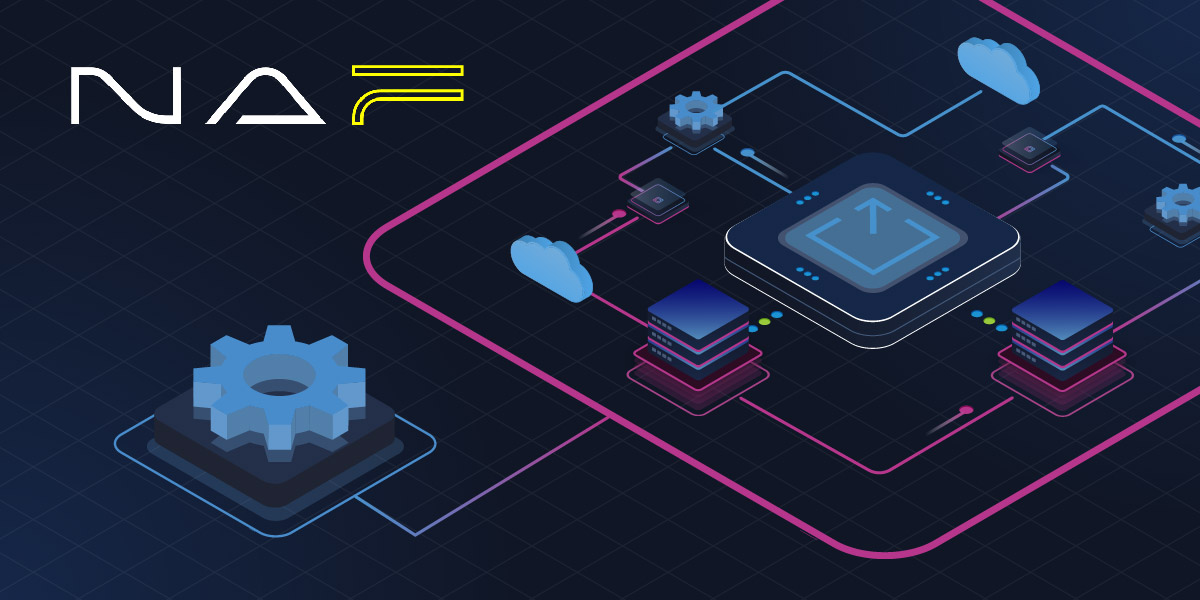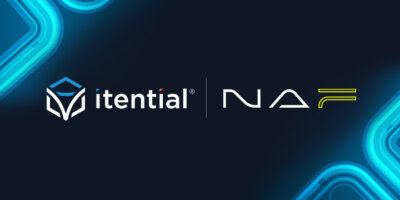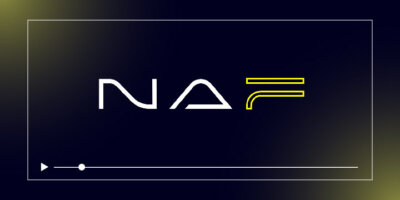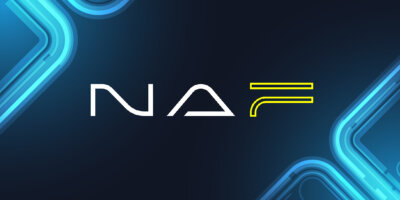We’re incredibly proud of our relationship with the Network Automation Forum and AutoCon. Last year’s AutoCon 0 was the first-ever industry event focused solely on network automation, and it kicked off some serious momentum.
Bringing together network and infrastructure professionals from across several industries and diverse backgrounds, AutoCon 0 in November of 2023 was focused on assessing the state of network automation and coming together to move forward and evolve. Now, about six months later with Amsterdam’s AutoCon 1 just a week away, it’s more valuable than ever to go back and understand key insights that came out of the first event.
One of the highlights was Itential’s Co-Founder and CTO, Chris Wade’s session: Evolving the Network Automation Journey From Python to Platforms.
He delivered some key insights about how we can think about network automation’s progress and what needs to happen for organizations to evolve. With AutoCon 1 just a week away, now is a great chance to dive back into Chris’s session and take in concepts that will help get you up to speed for Amsterdam.
Frameworks for Network Automation & Why We’re Stuck
Chris starts his session by building a framework for how we can understand the maturity of different network automation concepts. Generally, innovative new ways to build and deliver IT and Cloud infrastructure services will flow from an idea, to a custom or DIY approach, to products, to the target stage of commoditization, where services are mature and consumption is standardized.
When you compare the network to other areas of IT and Cloud infrastructure, the journey towards commoditization, where network infrastructure can be treated as code and managed like software, has lagged behind.
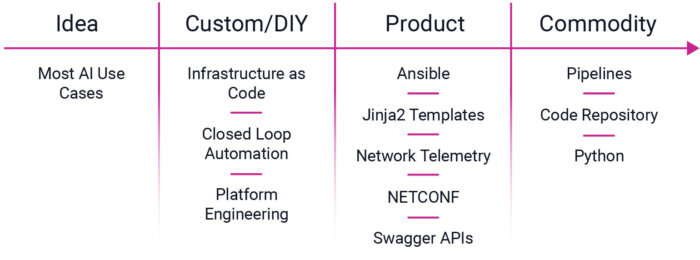
There are some inherent challenges in networking that have slowed progress — namely, the complexity that comes from the multi-vendor, multi-cloud, multi-domain global networks we have today. The industry has evolved from data centers and switches—networks are exploding on the internet with public cloud hyperscalers, cloud networking, connectivity, new domains like SD-WAN, security in the cloud, and more. But, at the same time, traditional environments like data centers and devices are still extremely important and must be connected to new cloud-based infrastructure.
This kind of sprawling environment makes standardization difficult. So, the question is:
How do we rationalize the commoditization of the network with the complexity we see today? We don’t.
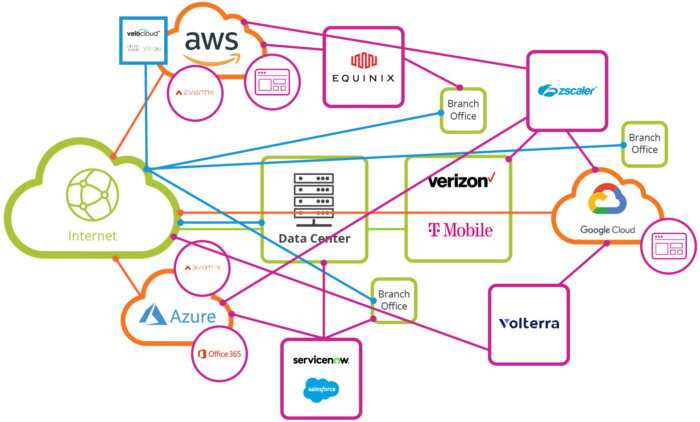
Why Is Networking Still Stuck?
There are several realities we face in networking, due to tooling and how people have used it historically, that create roadblocks for standardization and automation.
- CLI is still dominant for device-specific configuration: in an infrastructure landscape driven by APIs, we need to find ways to bring these together seamlessly.
- Data models are unique: automating complex processes will require data manipulation.
- Cloud operating models are not in alignment with network operations: as we move further toward NetDevOps and IaC approaches, how we manage networks should start to look more like the cloud.
- Systems aren’t in place to manage infrastructure via APIs: more vendors than ever are starting to expose APIs, and automation success will hinge on leveraging them effectively.
- NETCONF/YANG are not ubiquitous: the more network elements that are NETCONF/YANG-capable, the better for automation.
- Many networking tools are built for manual operations and swivel-chairing: adopting true end-to-end automation will require a more significant rethink.
Separating Automation & Orchestration + The Importance of APIs
To implement automation in such a complex landscape, it’s important to clearly separate how we understand and define automation vs. orchestration.
Between different network domains and each cloud hyperscaler, we see teams using unique automation stacks that suit their own needs. Part of the challenge has been the balance between enabling teams to make their own tooling decisions and enforcing standardization to streamline automation. But, if different systems, platforms, and domains each expose their own APIs, then those domain-specific automations can be leveraged by an orchestration platform to coordinate end-to-end workflows.
Automation happens at the domain level. Data center teams, SD-WAN teams, and different cloud teams will each leverage their own best-fit tooling to automate the implementation of changes: Azure and GCP teams might use Terraform, while AWS teams use CDK, a Zscaler team uses Python, SD-WAN teams leverage vendor-specific controllers, and data center teams build Ansible Playbooks to push CLI.
Standardization is impractical at this level — forcing teams to use one type of tool or one stack for automation can stifle progress and innovation. But there is a way we can interface with non-standard automations to create services and deliver them in a standardized way: API-driven orchestration.
Orchestration can be thought of as a layer above individual automation domains, where a platform that integrates with those domains can be used to coordinate multiple automation steps to build an end-to-end service workflow. Orchestration is a big step forward — when a platform can harmonize across diverse automation domains via the use of standard APIs, teams can build and deliver services across all of network and IT infrastructure, directly enhancing business agility.

Defining this difference was a key part of Chris’s AutoCon 0 session, and it’s a key building block for understanding transformative network transformation concepts. That’s the core of his message, From Python to Platforms: it’s about allowing teams to use their own tools while putting a platform on top that can consume, orchestrate, and then expose dynamic, complex network services for consumption by end users, platforms and pipelines.
How the NAF Community & Vendors Can Accelerate Automation
One of the big pushes to come out of AutoCon 0 was a direct call to action, community to vendors, to expose APIs and interfaces publicly and without paywalls or IP restrictions.
In his session, Chris really emphasized the importance of that point — it’s becoming more and more common as vendors start to see the benefits. If APIs are publicly available, teams will be able to build automations that leverage those services, meaning they’ll be easier to consume and more useful to customers. That’s why it’s up to all of us as vendors to help lead the charge by building tools and platforms that contribute to an open ecosystem. Exposing publicly available, standard APIs means network teams can move faster and automation adoption will continue to accelerate.
How Itential Is Supporting NAF & the Future of Networking
Itential is focused on helping to accelerate network automation, making it as fast, easy, and practical as possible for individuals and teams to leverage their own tooling while enabling organizations to accelerate an scale. At our core, we believe automation success is all about using the right tool for the right job and we continue to support NAF and the networking community through:
- A focus on enabling NetDevOps through automation tooling.
- Support for your Infrastructure as Code efforts.
- Flexible integrations with both cloud and traditional networks.
- Out of the box platform to orchestrate your automation.
- Building a strong and integrated partner ecosystem: no one goes alone.
- The ability to expose automation for end users to self-serve.
- Open Marketplace for easily consuming automation assets built by customers and partners.
- Support for platform engineering approaches to engage with end users how they want.
- SaaS delivery to maximize ease of use.
We’re looking forward to AutoCon 1 in Amsterdam next week (29-31 May). If you’ll be there, be sure to catch our VP of Product Management, Peter Sprygada’s session: team dev >_ local dev for network automation. He’ll walk through how teams can scale from individual automation to centralized execution that can be shared across multiple team members, without sacrificing on security or reliability.
We also have some exciting news we’ll be debuting at AutoCon 1! Our upcoming announcement raises the cape on our most significant charge yet to enable open, DIY approaches to network automation and support this innovative movement. Stay tuned for more!
Additionally, make sure to check out our robust integrations with other NAF community vendors such as IP Fabric, Alkira, Forward Networks, NetBox Labs, Cisco, etc.
To dive deeper into concepts around network automation evolution, the difference between automation and orchestration, and how to go from Python to Platforms, check out Chris Wade’s full session from last year’s AutoCon 0. And see you at AutoCon 1!

